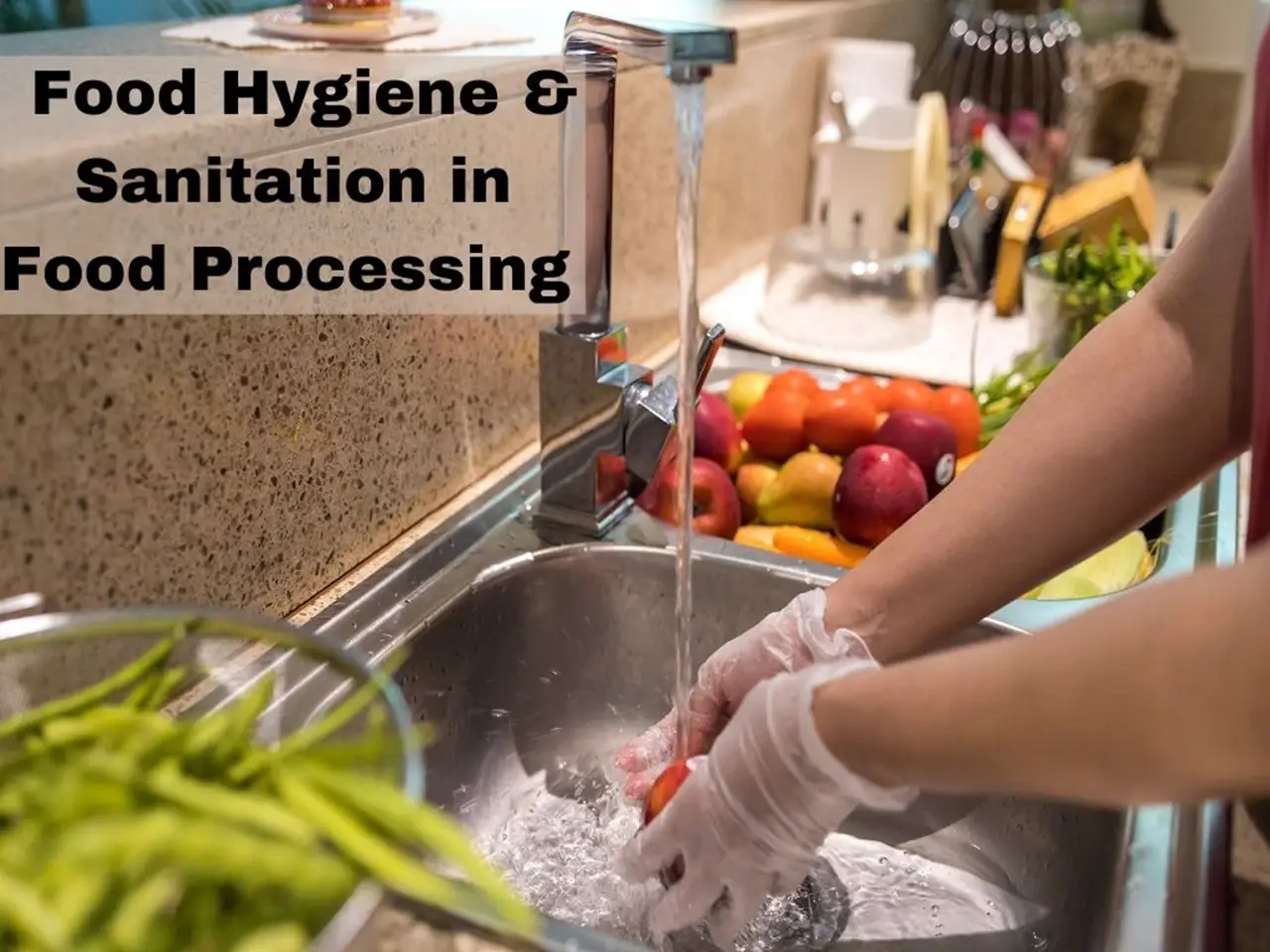Welcome to Safe Food Mitra
Welcome to Safe Food Mitra

Starting from the point where crops are sown, they are laced with chemical fertilizers, and contaminated water, and filled with hazardous substances. Though now we are shifting towards healthier alternatives with organically sown produce and organic food products, it has created awareness and has come to us as the need of the hour to shift our focus more towards food hygiene and sanitation.
Personal Hygiene of the individuals handling the food at the production or service front should be kept in check in order to maintain its safety and quality. Sanitized work and storage places should also be held at large as they generally become the reason behind uncalled-for diseases.
Food Safety and Standard Authority of India (FSSAI) Act, 2006 was established to lay down science-based standards for food articles and to regulate their manufacture, storage, distribution, sale, and import to ensure the availability of safe and wholesome food for human consumption. It also aims to establish a single reference point for all matters relating to food safety and standards, by moving from multi-level, multi-departmental control to a single line of command. Hygiene and Sanitation are the fundamental rights that humans deserve and FSSAI has assisted in this domain.
Wear protective gear like hairnets and gloves at the production/ manufacturing site.
Clean the workplace on a daily, weekly, or monthly basis as per the requirement of the equipment.
Washing of raw materials thoroughly prior to production.
Follow Production and Operation management effectively (practices like FIFO First in First Out, LIFO Last in First Out).
Maintain the cleanliness of storage rooms and the temperature of cold storage to avoid the growth of microbial activities.
Have proper waste disposal and drainage system in place.
In retail stores, product placement should be given care, as detergents and soaps should not be kept near food products to mix the smell with the food.
Inspection using the Hazard Analysis Critical Control Point (HACCP) concept to establish compliance. HACCP inspections focus on the items critical to the safety of foods.
Good Agriculture Practices (GAP) and Good Manufacturing Practices (GMP) should be followed in regard to the SOP.
Awareness of the threat of bioterrorism in food processing and preparation is necessary to provide safe sanitized food.
Routine tests of food samples and audits of the workplace to ensure safe operations.
More than the taste, color, appearance, smell, and texture of what we consume, the target shift has gone to the health aspects of the food. Consumers are ready to pay more but will not compromise on hygiene.
Proper implementation of Quality Assurance and Quality control practices.

Food Processing Equipment Market by Type (Meat, Poultry, and Seafood Processing Equipment, Bakery Equipment, Beverage Processing Equipment, Dairy Proc...
Krishi Jagran
Populars Courses

